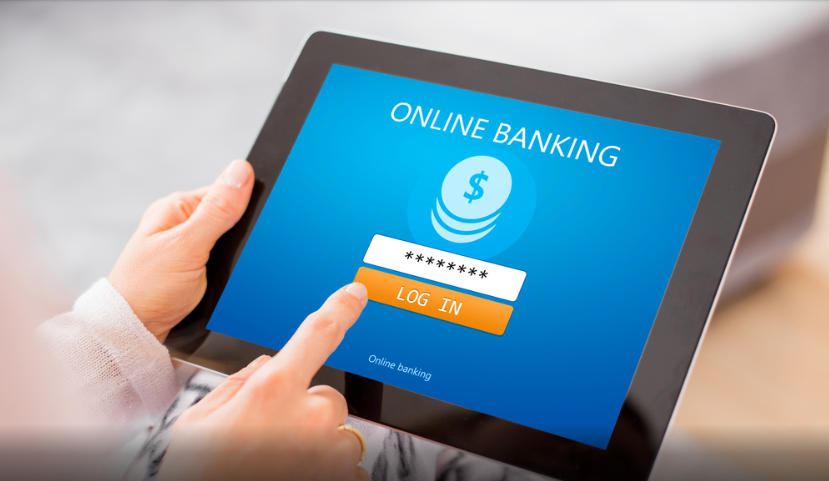
Six Ways Digital Banking Systems Transform People’s Lives

Technology is changing the way we talk, dress and interact with each other, and it’s also changing the way we manage our money. With smartphones, tablets, PCs and even smartwatches becoming a vital part of people’s daily lives these days, the desire to use one of these devices to access financial services conveniently has become commonplace.
A recent survey conducted by Oracle found that 60 percent of customers globally want to open a bank account online. Whether by need or by choice, customers want more digital options to access banks and manage their finances.
If you are unfamiliar with the nuances of digital banking, here are some basic pointers. “Digital banking” means digitization of traditional banking activities and services that have so far been available to customers only when they either physically visited a bank or contacted their bank’s customer service department over the phone.
These services usually include:
- Money deposits and withdrawals
- Transfer of funds
- Checking and savings account management
- Applying for financial products
- Management of loans
- Paying bills
So, is digital banking just a passing trend, or is it a here to stay?
Innovations and technology have been driving the expansion of the banking business across the world over the past two decades.
Higher internet and mobile penetration even in remote corners of the world is helping establish deeper links between people and organizations. The preference for digital banking, therefore, is growing rapidly and is here to stay.
Here is how digital banking adds convenience to people’s lives:
1. Saves time
Digital banking provides you with the luxury of banking from anywhere in the world and at any time. Online banking systems are available round the clock, with the exception of scheduled maintenance periods of the banks’ websites. These are necessary as banks use a host of technological solutions that require frequent upgrades to make your experience easy and fast.
Through online banking, you can check your account balance and transaction history, print account statements and balances. You can also pay bills, use direct debit services, order cheque books, transfer funds from (and to) your account and so on. All these online services can save you a lot of time and money.
2. Eases money planning
Digital banks have loan calculators, financial planning tools, investment solutions, budgeting apps, etc. to help in proper planning. They also support with tax matters, so customers can plan their finances without having to visit a bank physically.
3. Flexibility with payments
Say goodbye to carrying cash when you go shopping. Now mobile wallets (m-wallets), or virtual wallets are getting to be new trendsetters with more and more people using them. With banks going digital, it also gives you the flexibility of using digital wallets that lets you pay by using your smartphone.
It is a safe and easy way of conducting transactions. Digital wallets are paving the way for a cashless future, enabling customers to pay via mobile phones and thereby eliminating the use of cash.
4. Get real-time information
Digital banks use technology that helps notify you of account activities in real-time. So, you can be informed almost instantly of any activity that takes place in your account –credits, debits, charges, etc.. These messages can help to combat fraud and keep your finances secure.
5. Have a remote advisor
Some digital banks also provide you with a dedicated digital relationship manager for your service, so do not feel alienated due to technology. Your digital manager, even though working remotely, will take care of your banking needs around the clock. There are chatbots and robotic consultants, equipped with AI and online banking tools. However, as customers often like to speak to an actual person, striking an ideal balance is essential.
In many countries, digital banks are a huge help for start-ups and small-to-medium sized companies. They facilitate these organizations to carry out their day-to-day banking requirements through mobile apps, which gives them the flexibility of accessing a variety of services to help manage their business.
6. Provides secure solutions
As banks try and provide more seamless customer experience, there is the risk of fraud where millions of dollars could potentially be siphoned off within the blink of an eye. Customers demand convenience and efficiency, but they also seek state-of-the-art safety and security for their digital transactions.
Going forward, digital banks will need to partner with fintech companies to solve business problems and create new solutions. Such collaborations will help support the development of new products and guarantee a better acquisition of customers. AI and machine learning will be an essential part of the digital banking landscape, and so will comprehensive fraud management and cybersecurity tools.
Digital banks are leading a silent transformation in the banking sector for a more connected generation. As people continue to use a wide range of devices, the expectation of services from financial institutions is based increasingly more on the click of a button while being on the move. Digital banks are indeed ushering in a new era of banking with their ever-connected services



